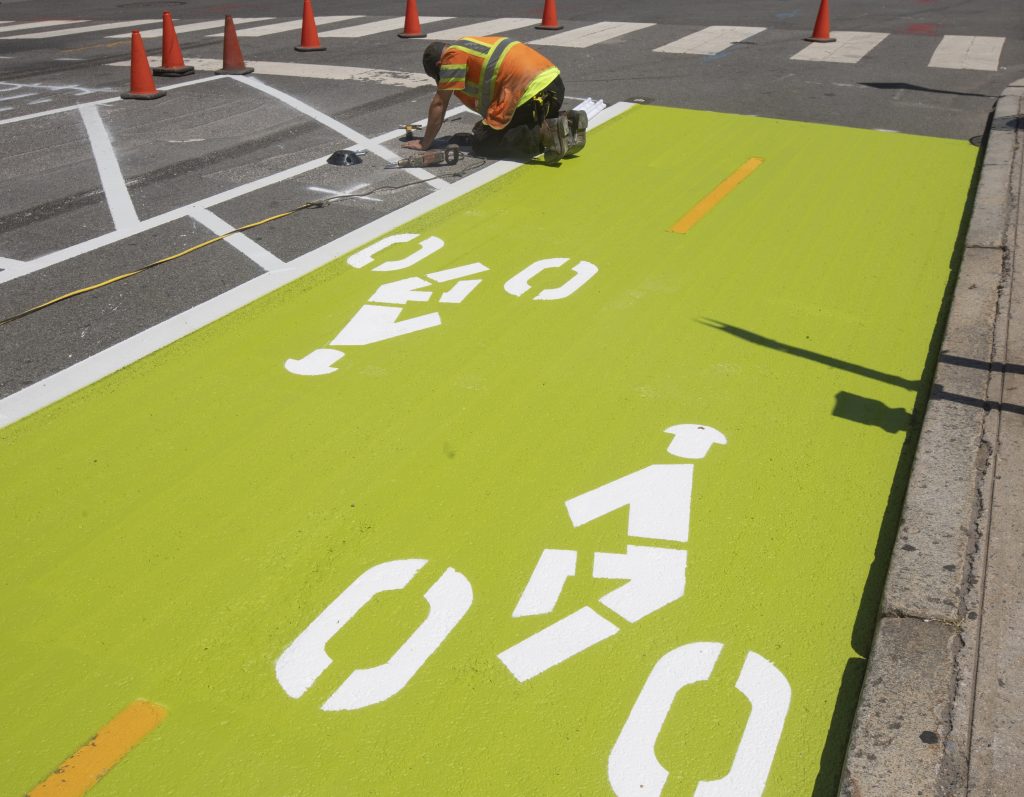Three great stories we found on the internet this week.
Branching out
As climate change brings heat waves and heavy storms, urban forests and tree-lined streets can provide cool shade and flood protection — if they’re planted strategically.
Urban forestry experts say that, above all, tree diversity is the best way to ensure that urban trees stand the test of time. Without it, a single disease can decimate a city’s green cover. Getting this mix just right is suddenly critical, as urban foresters prepare to spend the Inflation Reduction Act’s $1.5 billion for urban tree planting this year.
Promising models exist: Harrisonburg, Virginia, and Seattle are already planting trees that will tolerate the higher temperatures of the near future. The state of Texas created nine new tree species adaptable to extreme weather. And a Chicago-area initiative is ensuring that nurseries will have the sapling supply that local governments need.
“The pressure is on, but in a good way,” said one state coordinator. “This is a once-in-a-career opportunity for all of us in urban forestry, and how we use it is going to impact those who are in our positions 50 years from now.”
Mileage milestone
Jersey City earned its street cred in 2022: Excluding state and federal roads, the city didn’t have a single traffic fatality on city streets last year.
JC residents can thank Vision Zero, the plan that lowers speed limits and prioritizes pedestrian safety, which the city adopted in 2018. The strategy has been embraced by dozens of cities around the world. But Jersey City’s accomplishment is particularly notable because of a marked increase in traffic fatalities in the US in recent years.

Officials and advocates credit political will, protected bike lanes, a willingness to experiment with road design (roundabouts!), car-free streets, and a partnership with microtransit company Via. For the latter, the city subsidizes on-demand rides to transit stations in neighborhoods where public transportation is lacking.
Oil-free
The landscape is changing in Orange County. An oil field dotted with derricks, pipelines and chain link fence will become a nature preserve with Pacific Ocean views for all to enjoy, after a public space nonprofit purchased the site from an energy group.
Crushed by negative news?
Sign up for the Reasons to be Cheerful newsletter.The Los Angeles Times reports that the nearly 400-acre property is “considered the last piece of undeveloped coastal real estate left in Southern California.” It is also the ancestral homeland of the Acjachemen and Tongva. Conservationists and Indigenous leaders long advocated to close the oil field.
The deal “demonstrates the power of grassroots organizing and what happens when a coalition of passionate local citizen organizations, residents and community leaders work together to protect open spaces,” said a county official.







